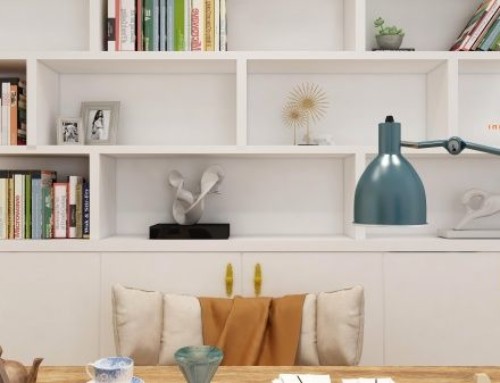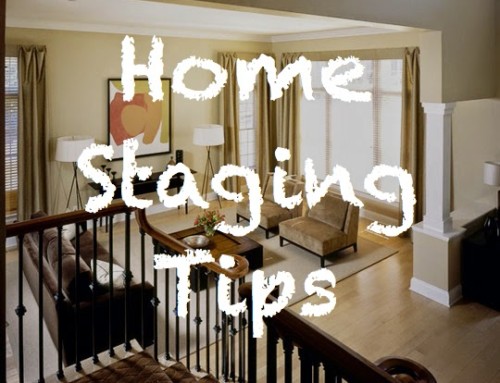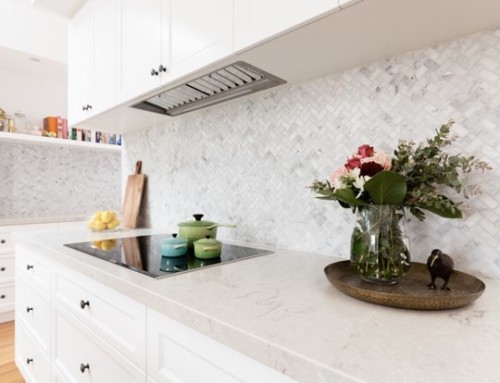For property managers (PM), effectively staging a vacant unit can be a surefire way to maximize renter appeal and justify a premium price. So before PMs book their next apartment viewing, they should first consider staging tips and tricks that can help motivate potential renters to sign a lease.
Vacant rental units are often a hard sell to prospective tenants because they seem stark. But by staging an apartment with everything from couches to kitchen utensils, property managers can make an apartment and a price appeal to renters.
Since staging can help you get a quick turnaround on a unit, it’s especially important during times when the rental market is tight.
Follow these tips and tricks for staging your vacant units effectively:
Make a smart investment
Determining how much money you should budget on staging can be difficult, but remember the money you put into staging will come back to you when the unit is rented.
Consider the price point of the property, and spend no more than the value of 20 percent to 30 percent of the monthly rent on staging. Before you stage, determine the cost of purchasing or renting furniture, moving it into the unit, making repairs and cleaning.
“The cost of vacancy is an entire month’s rent, so if you spend 20 percent, it’s worth it.
A good rule of thumb is to stage an apartment one step above the income level of the prospective tenants so they can picture themselves living comfortably in the unit.
1.Create a home
The goal of staging is to help potential tenants picture themselves living in the apartment.
“If they can’t picture themselves living like that, it’s a big turnoff,”.
While some property management companies hire professional stagers like me, small firms often have a tighter budget. If you’re doing the staging on your own, using simple props like towels and a shower curtain in a bathroom, pots and pans in the kitchen and a few pictures on walls can help make a unit seem inviting, she says.
2.Consider the size of the unit
Units often appear smaller when they’re empty, so strategically placing furniture in a room will put its size into perspective. I believe optimizing the size of the room is crucial for small units and unique spaces.
Keep in mind the money is coming out of your pocket! . The quality of the furniture doesn’t matter as much as the size of the furniture in relation to the room. You want to create a warm, inviting and open feeling.
My staging firm often puts inflatable beds or air mattresses in bedrooms, and fits them with sheets and a comforter. I suggests using futons in place of couches, a small table and set of chairs for a kitchen or dining room, and a rolling island on wheels to create separation of space.
3.Spruce it up
Showing a unit in disrepair is a sure way to lose potential tenants. So before you let anyone see a place, make sure you repair any visible damage, touch up walls with paint, remove carpet stains and clean the unit thoroughly.
Now, more than ever, because of the surplus of rentals, everything needs to be spotless.
In addition, make sure the property grounds are immaculate, if the landscaping and facilities are well-maintained, people are more likely to rent a unit and are more likely to take responsibility for maintaining the property.
I also recommends doing a walk through of the rental unit before each showing to ensure everything is in order.
I always ask owners to put themselves in the prospective client’s shoes if we want the best tenant at the best price.
If we give it to them in mint condition, they’re going to take better care of it.”






